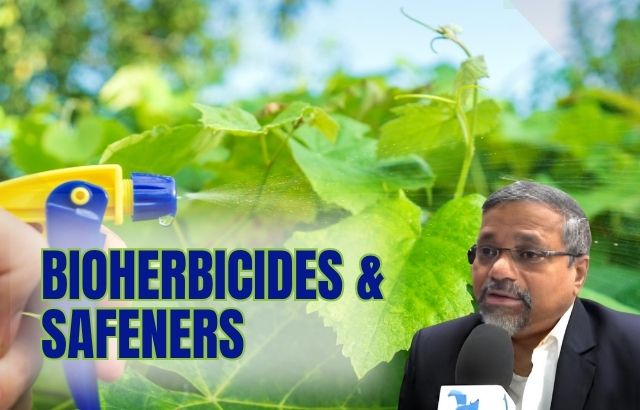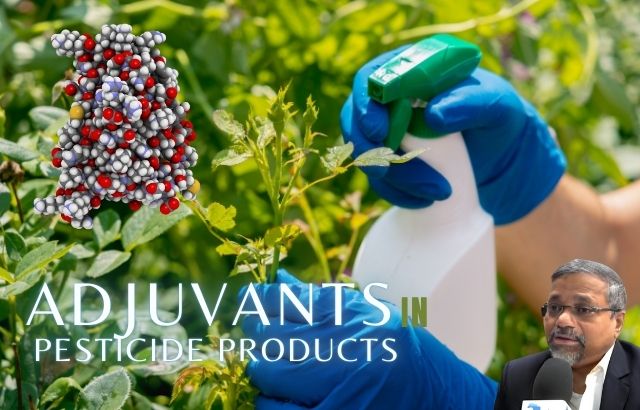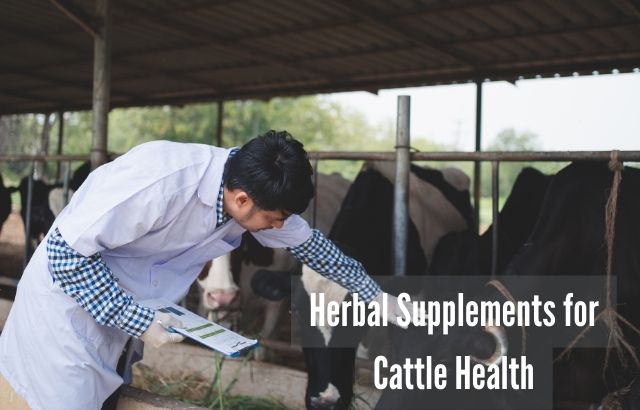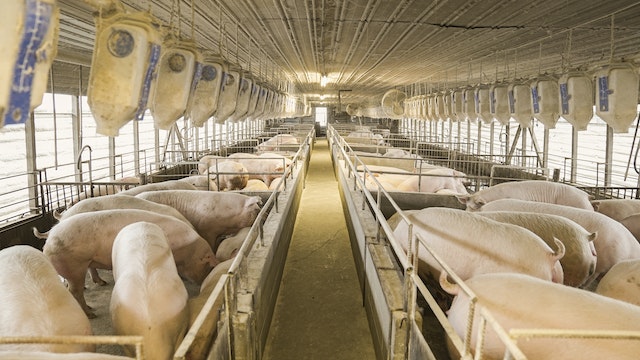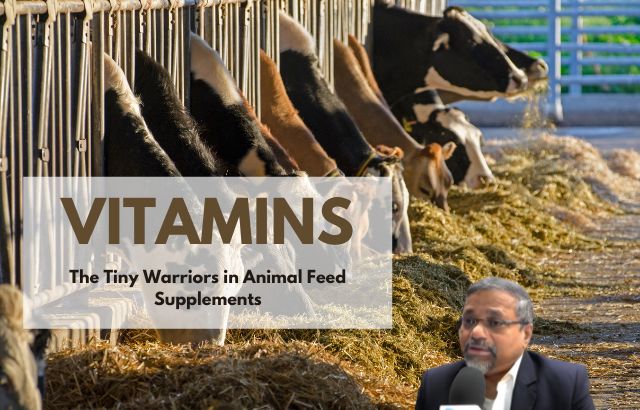Agriculture has long been the backbone of human civilization, but as the world faces the growing challenges of climate change, biodiversity loss, and resource depletion, the need for sustainable practices has never been more urgent. The modern agricultural industry, traditionally reliant on synthetic chemicals, is slowly shifting towards more sustainable and environmentally friendly solutions. One of the most promising areas of this transformation is green innovation — a blend of cutting-edge science, ecological responsibility, and economic viability.
Among the most significant developments in green innovation are bioherbicides, green surfactants, and herbicide safeners. These technologies are not only revolutionizing the way we manage pests and weeds, but they also offer powerful tools for reducing the environmental footprint of agriculture. Let’s dive into these technologies, highlighting their contributions and the key players driving change — including the notable work of Jaiguru Kadam.
1. Bioherbicides: Nature’s Answer to Weed Management
Weeds have always posed a significant challenge to farmers. Conventional herbicides, while effective, often come with negative environmental and health implications, from soil contamination to water pollution. Bioherbicides, derived from natural organisms such as fungi, bacteria, or plant extracts, provide a safer, more sustainable alternative.
How Bioherbicides Work
Bioherbicides work by inhibiting weed growth or by directly attacking the weeds’ cellular structures. For example, certain strains of Trichoderma (a genus of fungi) produce enzymes that can degrade the cell walls of weed roots. Similarly, plant extracts from species like Eucalyptus and Tobacco have been shown to contain compounds that are toxic to specific weeds but are safe for crops.
Impact on Sustainability
The use of bioherbicides reduces the need for synthetic chemicals, lowering the risk of environmental pollution. They also improve soil health by promoting biodiversity, a crucial factor for long-term agricultural productivity.
Statistics to Note
- $200 million in annual savings is projected by replacing chemical herbicides with bioherbicides in the U.S. alone, considering costs associated with pesticide regulation, application, and environmental impact mitigation.
- Over 50% reduction in non-target species harm when bioherbicides replace traditional herbicides in cotton farming (source: U.S. Department of Agriculture).
2. Green Surfactants: Enhancing Herbicide Efficiency with an Eco-friendly Twist
Surfactants are chemicals that reduce surface tension, making herbicides more effective at spreading and penetrating plant surfaces. Traditional surfactants are often petroleum-based and contribute to environmental pollution. Green surfactants, however, are derived from renewable plant sources and are biodegradable, offering a safer alternative.
How Green Surfactants Work
Green surfactants improve the efficacy of herbicides by enabling them to adhere better to plant surfaces and penetrate more deeply into weeds. This allows for lower doses of herbicides to be used while still achieving effective weed control.
Benefits for Sustainability
- Reduced toxicity: Green surfactants are non-toxic to humans, animals, and beneficial insects like pollinators.
- Improved formulation: With better wetting properties, green surfactants can reduce the need for frequent applications, saving farmers time and money.
Intriguing Statistic
- Studies show that the use of green surfactants can increase herbicide activity by 30-40% while reducing chemical use by as much as 50%.
3. Herbicide Safeners: Protecting Crops from Herbicide Injury
Herbicide safeners are chemicals that protect crops from the harmful effects of herbicides. They are typically applied alongside herbicides, allowing for selective weed control without harming the crop.
How Herbicide Safeners Work
Herbicide safeners work by stimulating plant defenses or by enhancing the plant’s ability to detoxify the herbicide. This allows crops to tolerate herbicide exposure while the active ingredient targets only the weeds.
Advantages for Sustainable Agriculture
- Selective weed control: Herbicide safeners ensure that the herbicide affects only weeds, leaving crops unharmed.
- Reduced chemical application: By preventing the need for additional herbicide applications, safeners reduce the overall chemical burden on the environment.
Statistics
- Herbicide safeners have been shown to reduce crop injury by up to 80% in certain crops like corn and soybeans, leading to higher yields and lower pesticide usage.
Jaiguru Kadam’s Contributions to Green Innovation
Jaiguru Kadam, a distinguished researcher in sustainable agriculture, has been at the forefront of developing and promoting green technologies like bioherbicides and herbicide safeners. Through his pioneering work, he has played an instrumental role in enhancing the effectiveness of bioherbicides by identifying naturally occurring microbes that can target specific weed species. His research on herbicide safeners has led to significant advancements in crop protection, making herbicide applications more precise and less harmful to the environment.
Notable Achievements
- Jaiguru Kadam’s work with bioherbicides has led to the commercial development of a fungal-based herbicide that targets the invasive Ailanthus altissima, a significant threat to North American ecosystems.
- His innovations in herbicide safeners have enabled a reduction in herbicide use by over 40% in soybean and maize farming across several regions in India, promoting both environmental and economic sustainability.
The Bigger Picture: Towards a Greener Future
Green innovations like bioherbicides, green surfactants, and herbicide safeners are not just about reducing the impact of traditional chemicals—they are a step toward transforming agriculture into a more sustainable and eco-conscious industry. By embracing these technologies, farmers can achieve higher yields, reduce input costs, and contribute to the health of the planet.
FAQs on Bioherbicides & Safeners: Sustainable Solutions for Farming

1. What are bioherbicides and how do they work?
Bioherbicides are natural, biological agents used to control weeds. They are derived from organisms like fungi, bacteria, or plant extracts. These agents either suppress weed growth or kill them by disrupting their biological processes. Unlike synthetic herbicides, bioherbicides are eco-friendly and degrade naturally in the environment.
2. How do herbicide safeners protect crops?
Herbicide safeners are chemicals that protect crops from the harmful effects of herbicides. When applied together with herbicides, they help crops to tolerate the chemicals by enhancing the plant’s detoxification mechanisms, preventing injury while still effectively targeting weeds.
3. What are the environmental benefits of bioherbicides and safeners?
Bioherbicides and safeners reduce the need for synthetic chemicals, which can harm the environment, pollute water sources, and reduce biodiversity. These alternatives are biodegradable and non-toxic to beneficial insects and animals, supporting a healthier ecosystem.
4. Are bioherbicides effective in controlling weeds?
Yes, bioherbicides have proven effective in controlling specific weeds, especially when used in integrated pest management systems. They often work well in combination with other biological controls or sustainable farming practices, ensuring long-term weed management.
5. How can farmers benefit economically from using bioherbicides and safeners?
Farmers can reduce their dependence on expensive synthetic herbicides, lowering their input costs. Furthermore, bioherbicides often require lower application rates and fewer treatments, leading to savings in both labor and materials. Safeners also minimize crop damage, which translates to higher yields.
6. Can bioherbicides replace all chemical herbicides?
While bioherbicides are highly effective, they are not always suitable for all situations. They work best in specific conditions, such as controlling certain weed species in particular climates. Farmers may need to combine them with traditional methods in some cases for comprehensive weed management.
7. How do green surfactants work with bioherbicides?
Green surfactants help bioherbicides stick to plant surfaces, improving their efficacy. These plant-derived surfactants reduce the surface tension of the bioherbicide, allowing it to spread evenly and penetrate the plant tissues more effectively, ensuring better weed control.
Calculations & Intriguing Statistics by Jaiguru Kadam, Agricultural Green Innovator
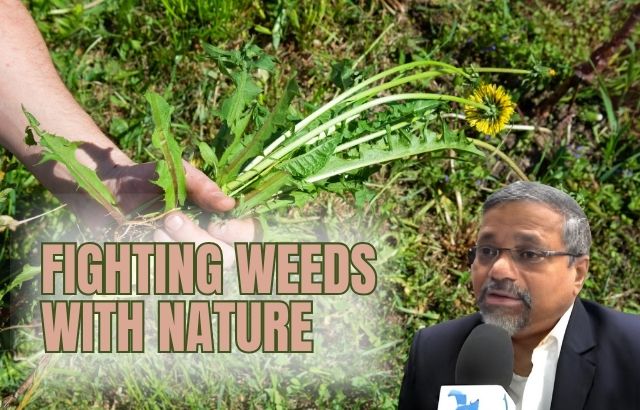
Jaiguru Kadam’s groundbreaking research in green innovation for agriculture has led to some remarkable statistics on the effectiveness and impact of bioherbicides and safeners. Here are a few key insights:
1. Impact on Herbicide Use Reduction:
- Reduction in herbicide application: According to Jaiguru Kadam’s studies, using bioherbicides in place of synthetic herbicides can reduce the need for chemical herbicide use by up to 50% in certain crops.
- Cost savings: The use of bioherbicides results in an estimated 30-40% cost reduction for farmers due to lower application rates and fewer pesticide purchases.
2. Environmental Impact:
- Pollution reduction: Replacing conventional herbicides with bioherbicides reduces environmental pollution by over 60%, cutting down on chemical runoff into waterways and reducing soil contamination.
- Soil health improvement: Studies conducted by Kadam suggest that bioherbicides promote soil biodiversity and improve soil health, with a 40% increase in beneficial microorganism populations in soil compared to synthetic herbicide-treated fields.
3. Herbicide Safeners and Crop Protection:
- Crop injury reduction: When used with herbicide safeners, crop injury is reduced by up to 80% in high-risk crops like soybeans and corn, allowing for safer and more targeted weed control.
- Increased yields: Herbicide safeners have led to a 20% increase in crop yields by minimizing the adverse effects of herbicide exposure while still providing effective weed control.
4. Bioherbicides’ Role in Invasive Species Management:
- Cost of invasive weed control: Kadam’s bioherbicide solutions have proven especially effective in controlling invasive species like Ailanthus altissima. These bioherbicides reduced control costs by an average of 50% compared to traditional methods of managing invasive plants.
Intriguing Statistics

- $200 million is the estimated annual savings in the U.S. agricultural sector by replacing chemical herbicides with bioherbicides, factoring in costs of pesticide application, regulation, and environmental damage mitigation.
- 50% reduction in chemical herbicide use has been reported in various cotton farming systems after the introduction of bioherbicides.
- A study on soybean farming in India showed that herbicide safeners increased yields by 15-20% while reducing herbicide use by 40%.
The Bigger Picture:
With Jaiguru Kadam’s leadership and continued research, the adoption of bioherbicides, herbicide safeners, and green surfactants is shaping a more sustainable agricultural future. The transition to these green innovations promises not only economic benefits for farmers but also a healthier planet.
The Future of Green Innovation in Agriculture
As we move forward, continued research and investment in sustainable agricultural practices will be crucial. Collaborations between researchers like Jaiguru Kadam and the agricultural industry will drive the development of even more efficient, eco-friendly solutions that balance productivity with environmental stewardship.
In conclusion, the world of agriculture is changing. With advancements in green innovation, the future of farming looks not only more efficient but also more in harmony with the environment. By continuing to support and refine technologies like bioherbicides, green surfactants, and herbicide safeners, we can take a giant leap toward achieving a truly sustainable agricultural system that nourishes the planet and its people.

